Excuse the pun but this is a big one. For an explanation on how to use these stats, check out the original Survival Games post.
Mountain
A mountain is a steeply elevated landform that rises into a peak. Tall mountains often have different environmental conditions at their peak than they do at their base. For game purposes, it may be that there is something on the mountain the characters must get to, or a mountain range is in their path. Going around may be a distance of dozens if not hundreds of miles.
Surmount Method: Hiking slopes of less than 40 degrees and climbing areas of greater slope. Slope starts off at 20 degrees.
Surmounting Attribute: Constitution (for hiking)
Surmounting Attribute: Strength (for climbing)
SP 1 per 50 meters of total elevation (usually much more than 300 m in elevation)
Hazards
Exertion
For every failed Constitution or Strength roll the characters face an exertion hazard. They get a -2 CDF to Str and a -2 CDF to Con (or 5-6% of the attribute). CDF penalties accumulate until the characters can recover for a period of time. While recovering, the player rolls for the character’s Con. A Full result means 1 point of Str and Con are recovered. A 1/2 result means that 2 points are recovered. A 1/4 result means 3 points and a 1/8 result means 4 points recovered. If the CDF penalties exceed their Con the character must be rescued off the rock face or fall if they fail another Str roll.
Random Hazards 0-300 meters
For every survival round between 0-300 meters of elevation the GM should roll once on the following table.
Roll 1D100
| 1-25 |
5 Degree Slope Increase |
| 26-40 |
Loose Rock |
| 41-60 |
10 Degree Slope Increase |
| 61-70 |
Vertical Climb |
| 71-80 |
5 Degree Slope Decrease |
| 81-90 |
Ledge |
| 91-95 |
10 Degree Slope Decrease |
| 96-100 |
Stream |
5 Degree Slope Increase
The slope of the mountain increases by 5 degrees cannot increase more than 80 degrees
Loose Rock
Loose rocks of various sizes cover the mountainside. Traveling over them is treacherous. While slips and falls are minor hazards the injuries can build up over time. Characters must make an Agility roll. If failed they get a -2 CDF to Con (or 5-6% of the attribute).
10 Degree Slope Increase
The slope of the mountain increases by 10 degrees cannot increase more than 90 degrees
Vertical Climb
A vertical wall continues the route up the mountain either up or down for 1D10x2 meters. Use the Rock Wall obstacle stats for this part of the passage.
5 Degree Slope Decrease
The slope of the mountain decreases by 5 degrees cannot decrease to less than 20 degrees
Ledge
The mountain path levels out into a ledge that affords a good spot to camp and rest.
10 Degree Slope Decrease
The slope of the mountain decreases by 10 degrees cannot decrease to less than 10 degrees
Stream
Most rivers have a mountain as their source. At lower elevations this stream can be a formidable obstacle. There is a 50% chance that the characters will have to cross the river to continue up the mountain 2D10 meters or travel another 1D10 x 50 meters to get around the stream.
Random Hazards 301-1500 meters
For every survival round between 301-1500 meters of elevation the GM should roll once on the following table.
Roll 1D100
| 1-25 |
5 Degree Slope Increase |
| 26-40 |
Rock Fall |
| 41-60 |
10 Degree Slope Increase |
| 61-70 |
Vertical Climb |
| 71-80 |
5 Degree Slope Decrease |
| 81-90 |
Ledge |
| 91-95 |
Storm |
| 96-100 |
Stream |
5 Degree Slope Increase
The slope of the mountain increases by 5 degrees cannot increase more than 80 degrees
Rock Fall
All mountains are continuously eroding. Ice that forms at nigh may loosen rocks and as the ice melts the rocks fall away possibly knocking more rocks down the mountain. Characters must defend against falling rocks by dodging or protecting themselves or take 1d6 points of damage.
10 Degree Slope Increase
The slope of the mountain increases by 10 degrees cannot increase more than 90 degrees
Vertical Climb
A vertical wall continues the route up the mountain either up or down for 1D10x2 meters. Use the Rock Wall obstacle stats for this part of the passage.
5 Degree Slope Decrease
The slope of the mountain decreases by 5 degrees cannot decrease to less than 20 degrees
Ledge
The mountain path levels out into a ledge that affords a good spot to camp and rest.
Storm
An unexpected storm forms on the mountain. High winds, rain, possibly snow and hail make travel difficult. Characters take a -3 CDF to Con unless sheltered in a tent for the storm. The storm lasts 2d10 hours.
Stream
There is a 50% chance that the characters will have to cross the river to continue up the mountain 2D6 meters or travel another 1D10 x 50 meters to get around the stream.
Random Hazards 1501+ meters
For every survival round between 1501+ meters of elevation the GM should roll once on the following table.
Roll 1D100
| 1-25 |
5 Degree Slope Increase |
| 26-40 |
Glacier |
| 41-60 |
Altitude Sickness |
| 61-70 |
Vertical Climb |
| 71-80 |
5 Degree Slope Decrease |
| 81-85 |
Ledge |
| 86-95 |
Storm |
| 96-100 |
Avalanche |
5 Degree Slope Increase
The slope of the mountain increases by 5 degrees cannot increase more than 80 degrees
Glacier
Traveling over glaciers is dangerous partly because the ice is slippery but also because the glacier can crack, forming a crevasse. These cracks can be open or hidden by a snow bridge that conceals the crevasse. Without ice axes and crampons for boots characters get a CDF of -2 to CON due to the difficult terrain. There is a 60% chance of a crevasse in the glacier. Jumping over it requires a successful STR roll. There is a 20% chance that the crevasse is invisible due to a snow bridge. Using a pole or the shaft of an ice axe characters may make an INT to detect the crack. As a precaution the characters can tie themselves together with a rope and the other characters must make a Reflex roll to stop themselves from falling in. For every character that falls in the crevasse one must pass to save them. Each character that falls in makes it more difficult to stop the rest of the characters from falling. Those that do fall take 3d10 points of damage and can either climb out themselves if they have an ice axe and crampons or must be pulled out by rope.
Altitude Sickness
Ascending a high altitudes can make a person sick because of the lack of oxygen. Symptoms include severe headache (-5 CDF to IQ, INT and REF), lethargy and nausea (-4 CDF to CON). Oxygen may be taken if available but the best treatment is to descend down the mountain. Not treating altitude sickness can lead to life threatening conditions within 24 hours (1d10 points of damage every five survival turns or 12 hours).
Vertical Climb
A vertical wall continues the route up the mountain either up or down for 1D10x2 meters. Use the Rock Wall obstacle stats for this part of the trail.
5 Degree Slope Decrease
The slope of the mountain decreases by 5 degrees cannot decrease to less than 20 degrees
Ledge
The mountain path levels out into a ledge that affords a good spot to camp and rest.
Storm
An unexpected storm forms on the mountain. High winds, snow and hail make travel difficult. Characters take a -5 CDF to Con unless sheltered in a tent or snow cave for the storm. The storm lasts 2d10 hours.
Avalanche
The mountain pass is covered in snow pack. If it is crossed there is a 75% chance of an avalanche. Traveling around the snow pack will mean getting back 3D10 SP to the total SP of the mountain. If an avalanche is triggered all characters take 2d6 points of damage and there is a 80% chance they will be buried and must be found and then dug out by another character. All INT rolls to find a buried character are at a difficulty of -30.
Defenses and Weaknesses
30% Chance Weakness: Huts
Many mountains have huts built on them that are intended for climbers to use and rest in. There is a 30% chance they are stocked with a small quantity of food, water and wood to start a fire. The characters may either stumble on the hut or the GM may have them make INT rolls to notice them if they are not on a regular trail.

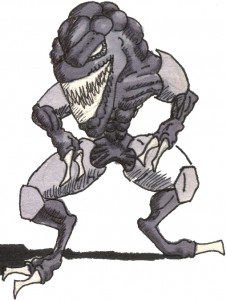
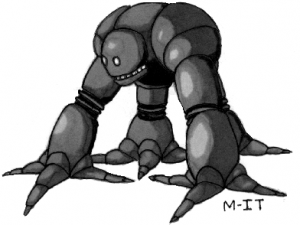




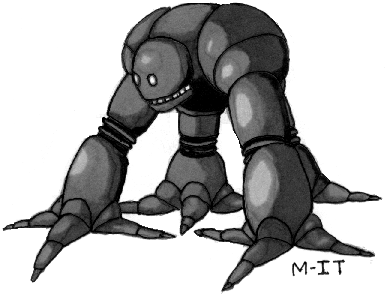
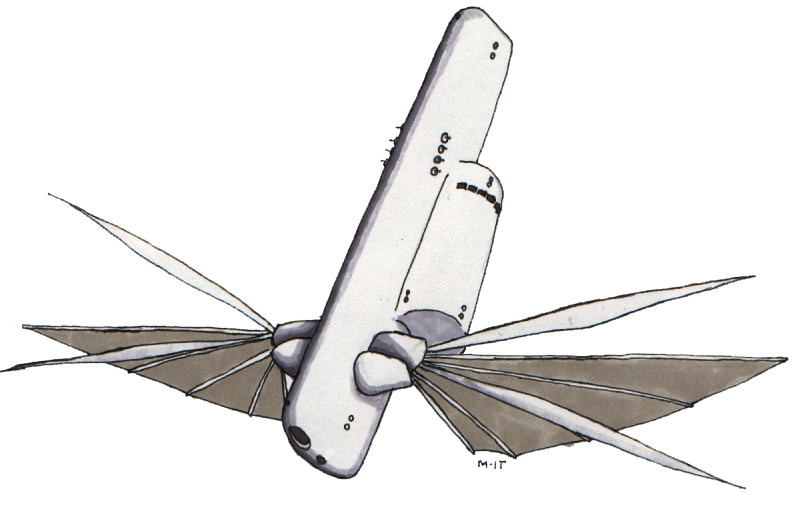
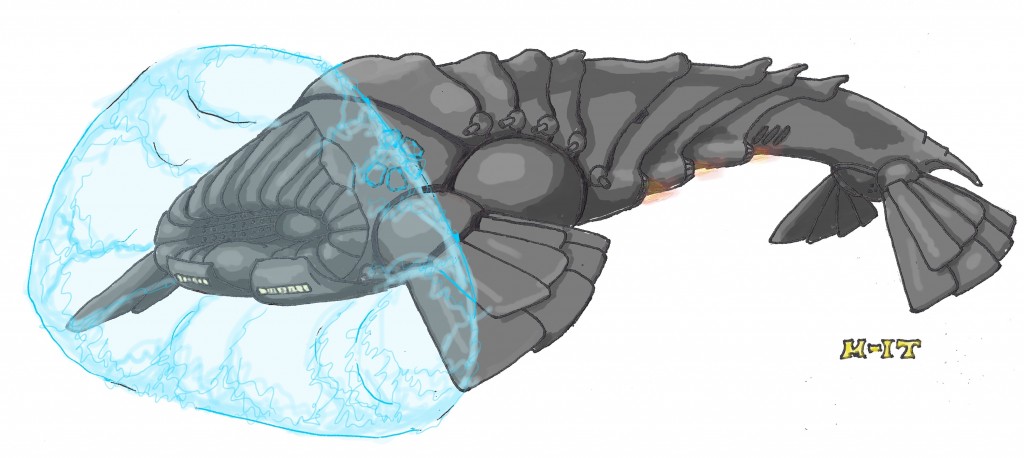

 The Free RPG Blog
The Free RPG Blog